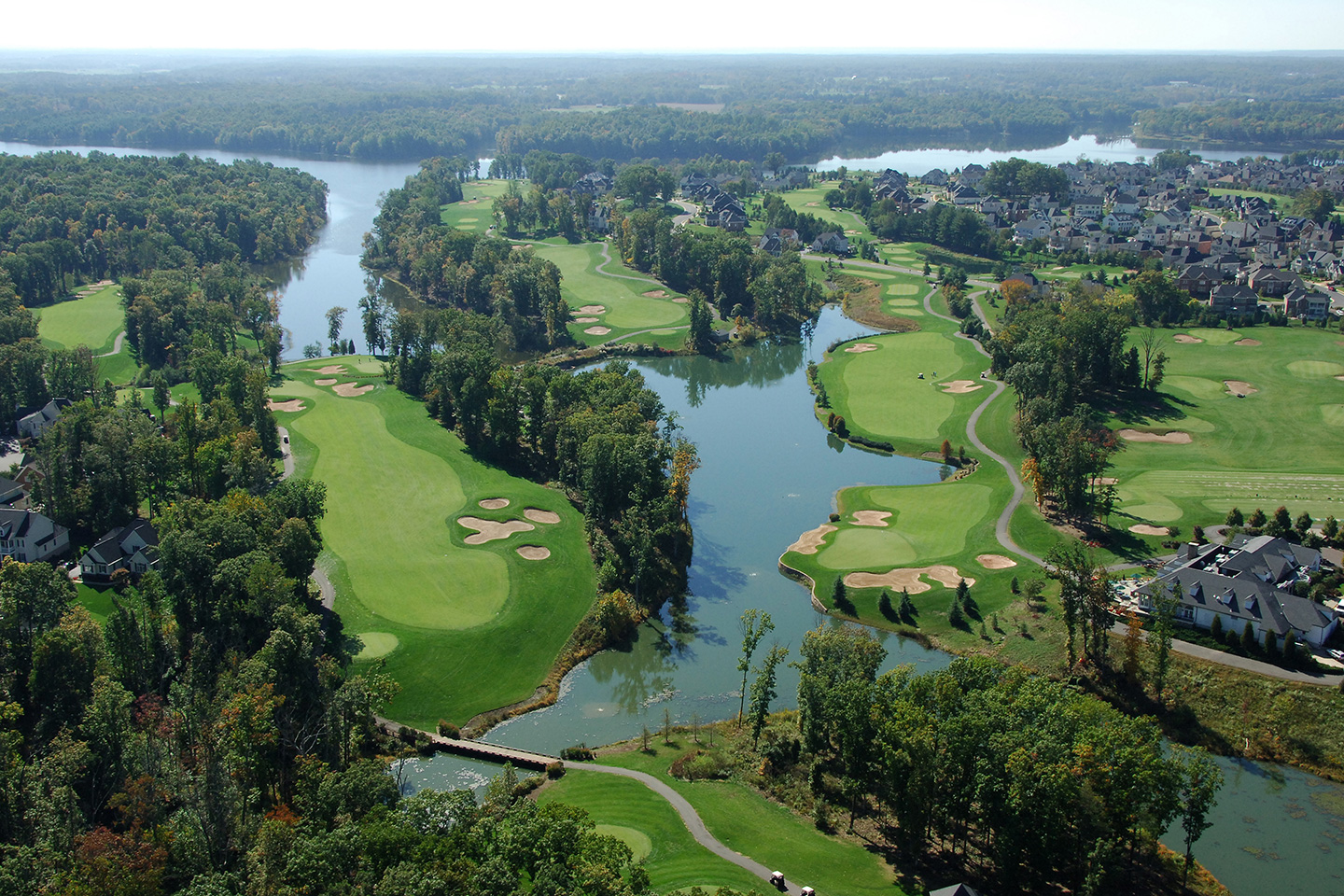At the end of the 1980s, the National Golf Foundation published a study explaining that the demand for new golf courses around the country was booming. This demand opened the door for the need for more professionals specializing in landscape architecture, civil engineering, permitting, and land planning. While this demand has lessened in recent years, there is still a need for continued maintenance and renovation/restoration of these facilities as participation in the game continues to grow.
The Evolution of Golf Course Design
Over the past few decades, the golf course industry has seen a large number of changes. In the 80s and 90s, the sport grew in popularity at a rate that no one could have predicted. The need for the new development was so great that in the U.S., there could have been one new golf course opened per day for 10 years straight and the demand still would not have been met. The response to this trend ended up with a surplus of golf facilities and a halt in new golf course construction. Because these courses are beginning to age, we are seeing an increase in the need for renovation, restoration, and remodeling.
The response to this trend ended up with a surplus of golf facilities and a halt in new golf course construction. Because these courses are beginning to age, we are seeing an increase in the need for renovation, restoration, and remodeling. Dan Schlegel
Restoring East Potomac Park, Langston, and Rock Creek Park
We are currently working on the restoration of three National Parks Service-owned golf courses in Washington, D.C., as part of an agreement between the Parks Service and an organization called the National Links Trust. These courses—East Potomac Park, Langston, and Rock Creek Park—have been a staple to the local community, but have aging infrastructure as they were built in the early 1900s. The Langston course is built along the Anacostia River and part of it sits on Kingman Lake, situating it on an island. We are working on topographic and utility base mapping, wetland and stream delineation, permitting, infrastructure design, stormwater management, and sediment and erosion control plans. Coordination of this work will help the redesign of the course to allow for more community use and to restore the golf function of the property. These improvements will enhance the beauty and visibility of the facility along the river. On a large-scale project like this, permitting will be a key element. In addition to the other services we provide, we work closely with permitting agencies and other stakeholders so the overall team’s designs meet environmental standards, the requirements of the regulatory agencies and owners, and be completed promptly.
Another major aspect of all three of these projects will be community outreach and involvement. Included with the redesign of the Langston Golf Course, the National Links Trust is planning on turning the current clubhouse into a museum to honor the rich history of the course and its African American roots. We will also help with the design of a new double-decker driving range with a specific area dedicated to the Howard University golf team. Bringing more of the community back to these facilities will be a great vehicle for the younger generations in an urban environment to be introduced to the game.
Looking to the Future
The popularity of the game of golf does not seem to be slowing down any time soon. We are going to continue to see the need for restoration grow over the years. The needs will certainly vary from course to course, but we are going to see the impacts of more extreme weather events, rising sea levels, and competing interests with natural resources, such as water availability and use, have an impact on design. There will also be challenges with permitting and vegetation changes as we see the developments around the courses change over the years. As the needs continue to evolve, so will our planning and design focus. It is nice to know that we have the proper foundation to meet those needs.
 The golf course boom in the U.S. has created a growing need for land development and landscape architecture expertise.
The golf course boom in the U.S. has created a growing need for land development and landscape architecture expertise.